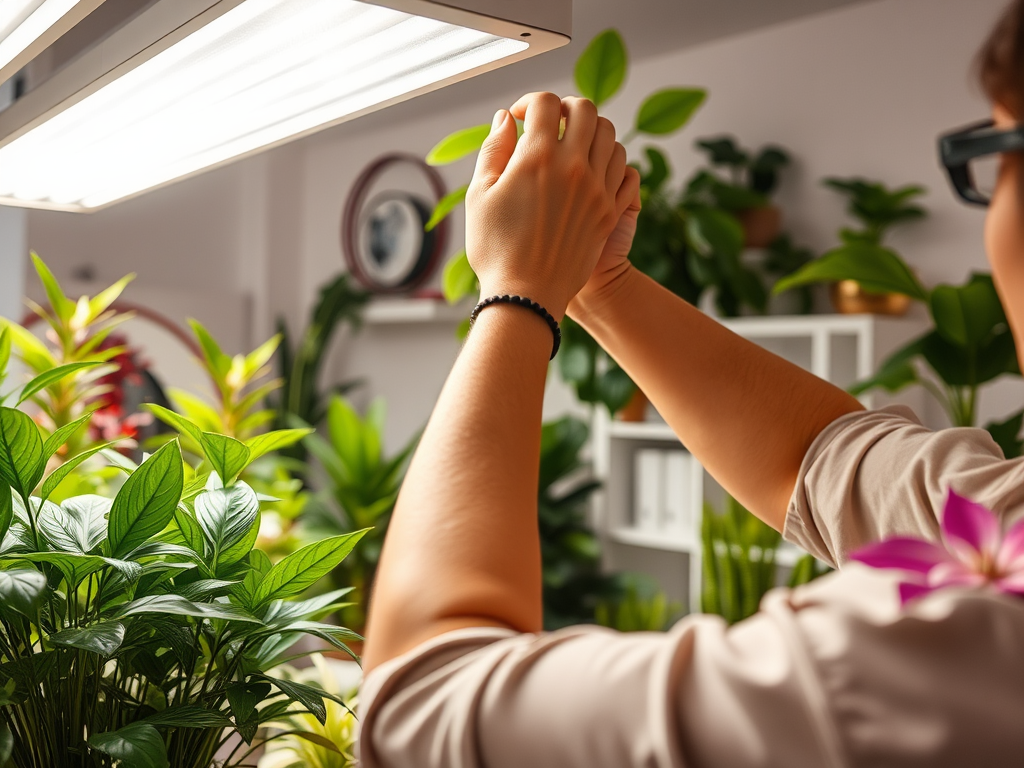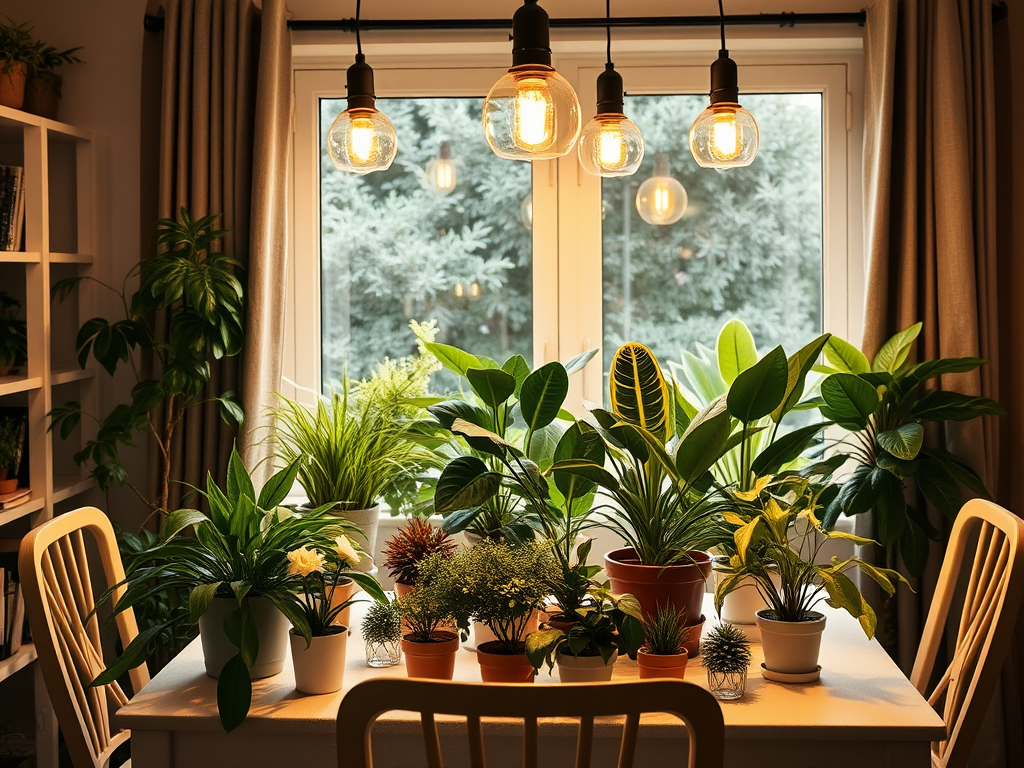Indoor gardening has become a beloved hobby for many, transforming homes into vibrant green sanctuaries. However, as much as we adore our leafy companions, the truth is that not all indoor spaces provide the optimal lighting conditions for plant growth. Without sufficient light, even the most dedicated plant parent can struggle to maintain thriving greenery. This is where choosing the right indoor plant lights becomes essential to ensure that plants can photosynthesize effectively, leading to healthier leaves and more blooms. In this article, we will delve into essential tips that will help you navigate the complexities of selecting the best indoor plant lighting to suit your gardening needs.
First, it is important to understand indoor plant lighting needs by considering the specific lighting requirements of your plants. Different species possess varying needs based on their inherent characteristics and natural habitats. From low-light friends like snake plants to photo-hungry beauties like succulents, awareness of what your plants are used to can shape your choices. Let’s explore the various types of light requirements so you can make an informed decision.
Understanding Indoor Plant Lighting Needs

When choosing indoor plant lights, it’s crucial to be aware of the common classifications of light requirements. Understanding these categories can guide you toward the right lighting solutions for your particular indoor garden. Here’s a concise breakdown:
- Low Light Plants: Ideal options include snake plants, pothos, and ferns. These plants can survive in shadier conditions and require less intense light.
- Medium Light Plants: Ferns and peace lilies thrive here, needing about 100 to 500 foot-candles of light.
- High Light Plants: Lovely creatures like cacti and most flowering plants flourish in full sunlight, often needing over 500 foot-candles.
Types of Indoor Plant Lights

Understanding the types of indoor plant lights available is vital for successful gardening. The right light can ensure your plants achieve their full bloom potential. Below, we explore some popular options:
- LED Grow Lights: Energy-efficient, long-lasting, and available in various spectrums. They are often the best choice for plant growth.
- Fluorescent Lights: Affordable and versatile, they are great for seedlings and low-light plants. These lights emit less heat compared to incandescent bulbs.
- Incandescent Bulbs: While not the most energy-efficient choice, they can still be used for specific indoor plants but should generally be avoided for extended use.
| Light Type | Pros | Cons |
|---|---|---|
| LED Grow Lights | Energy-efficient, long lifespan, customizable spectrum | Higher initial cost |
| Fluorescent Lights | Cost-effective, good for low-light plants | Less energy-efficient than LED |
| Incandescent Bulbs | Widely available, low initial cost | High energy use, shorter lifespan |
Factors to Consider When Choosing Indoor Plant Lights
Selecting the best indoor plant lights goes beyond picking a type; understanding a few key factors can significantly influence your choice. The light spectrum is an essential aspect that can be often overlooked initially. Plants utilize different wavelengths for growth, so it’s beneficial to choose lights that emit both red and blue wavelengths. This provides essential support for photosynthesis and flowering, helping your plants to thrive and flourish. Moreover, don’t forget about wattage and coverage area. The wattage affects energy consumption, but it also plays a critical role in determining light coverage for your plants.
Ensuring that your light can adequately cover the area where your plants are placed is crucial for optimal growth. Consider how many plants you have and their spacing when selecting your lighting solution.
Placement and Set-Up Tips
Proper placement and setup of your indoor plant lights can significantly impact your plants’ health and growth. A common mistake is neglecting height adjustments as plants grow. Keeping lights too high may impede growth due to insufficient light, while overly close lights can scorch leaves. Adjusting the height of grow lights as plants mature ensures that they receive the proper light intensity throughout their growth stages.
Additionally, the duration of light exposure is something to keep an eye on. Many indoor plants thrive under approximately 12 to 16 hours of light per day, mimicking their natural sunlight patterns. Establishing a consistent schedule can help replicate these conditions, leading to healthier and more vibrant plants.
Conclusion
Choosing the best indoor plant lights requires careful consideration of your plants’ unique needs, the types of lights available, and how to optimally set them up in your indoor space. By understanding these essential tips, you can create a nourishing environment that promotes healthy growth and vibrant foliage. Whether you are a seasoned gardener or just starting, the right lighting can unlock the full potential of your indoor plants, making them a beautiful and thriving part of your home.
Frequently Asked Questions
- What type of light is best for indoor plants? LED grow lights are often considered the best due to their efficiency and ability to emit suitable spectrums for plant growth.
- How long should I keep my grow lights on? Most indoor plants need approximately 12 to 16 hours of light each day.
- Can I use regular light bulbs for my plants? While you can use regular incandescent bulbs, they may not provide sufficient light spectra for optimal growth; fluorescent or LED options are typically better.
- Do I need to rotate my plants under the lights? Yes, rotating your plants helps ensure even light distribution and promotes balanced growth.